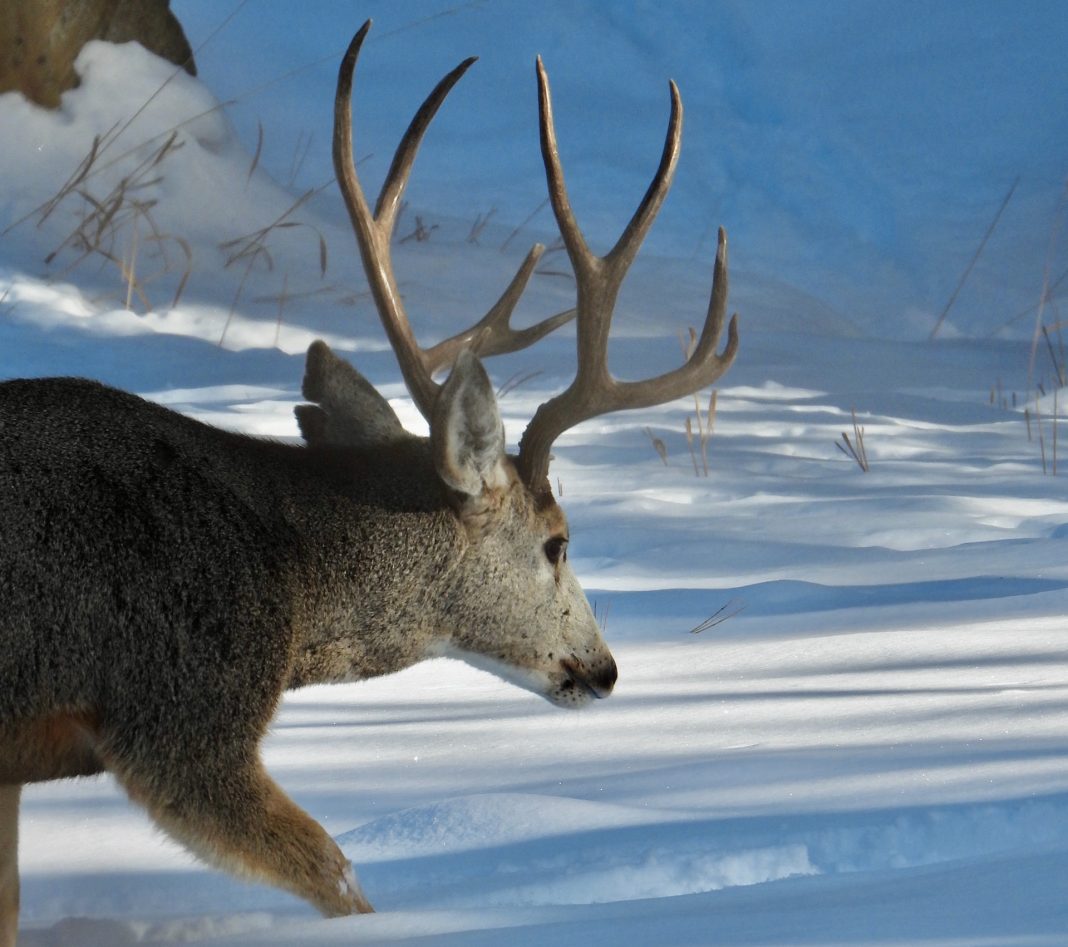Over the last several years, people have been reporting seeing mule deer in southeastern Alaska. Most of these sightings were thought to be misidentifications or just transient mule deer moving through the area. However, in 2013, ADFG confirmed a sighting of three mule deer north of Delta Junction. Then in 2016, a mule deer was photographed in July near the Fort Knox gold mine near Fairbanks. Likewise, in May of 2017, a mule deer was hit and killed by a vehicle near Fairbanks. In 2019, several mule deer sightings were reported near Haines and Skagway.
With all these sightings recently, the ADFG is worried that the mule deer may be expanding their range into Alaska. It is believed that the mule deer are moving into Alaska from the Yukon in Canada. The ADFG’s biggest concern about the mule deer expanding their range is parasites and diseases. The mule deer from the Yukon are carriers of winter ticks. Winter tick infestations can kill moose, especially the younger animals. That concern comes from the fact the over 50% of the tested mule deer from the Yukon have winter ticks. The Yukon muke deer are also carriers of liver flukes, deer adenovirus, and brain worms. All three of these aliments are potentially fatal to moose and caribou in Alaska.
As a result of these concerns, the ADFG is interested in documenting Interior mule deer sightings. The public is asked to report any sightings of live or dead mule deer immediately to the department or the Alaska Wildlife Troopers.
Mule deer are the larger “cousins” of the Sitka black-tailed deer. Mule deer can be identified by the color of their tail and overall size compared to the Stika blacktails. Stika’s have distinctive all black tails compared to only the tip being black on mule deer.















